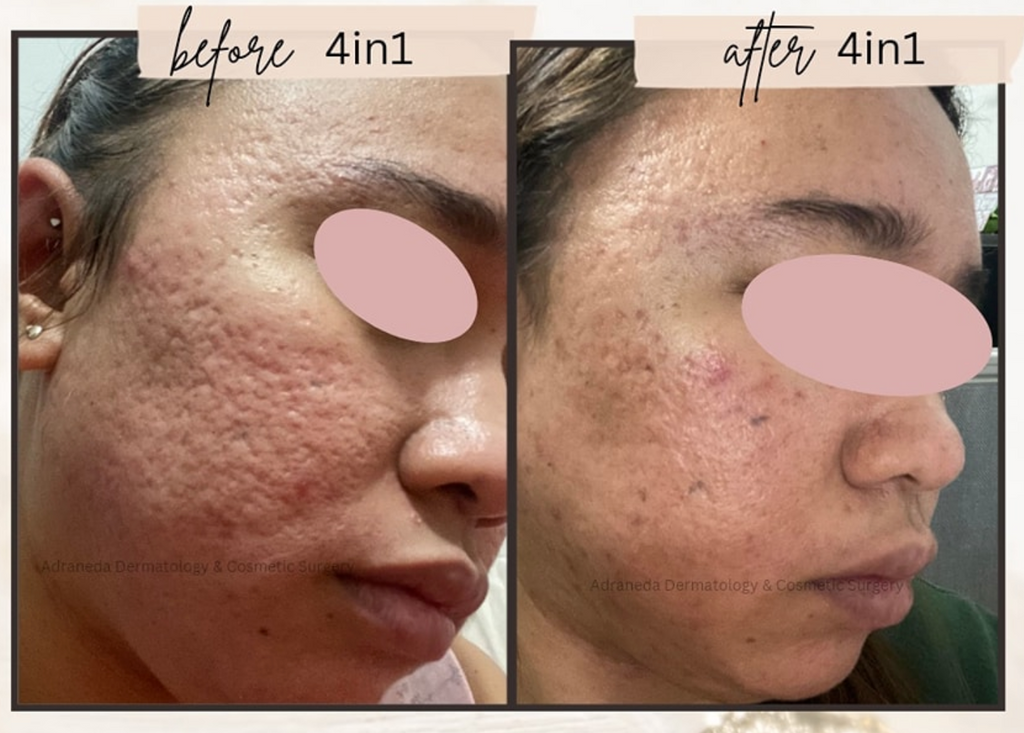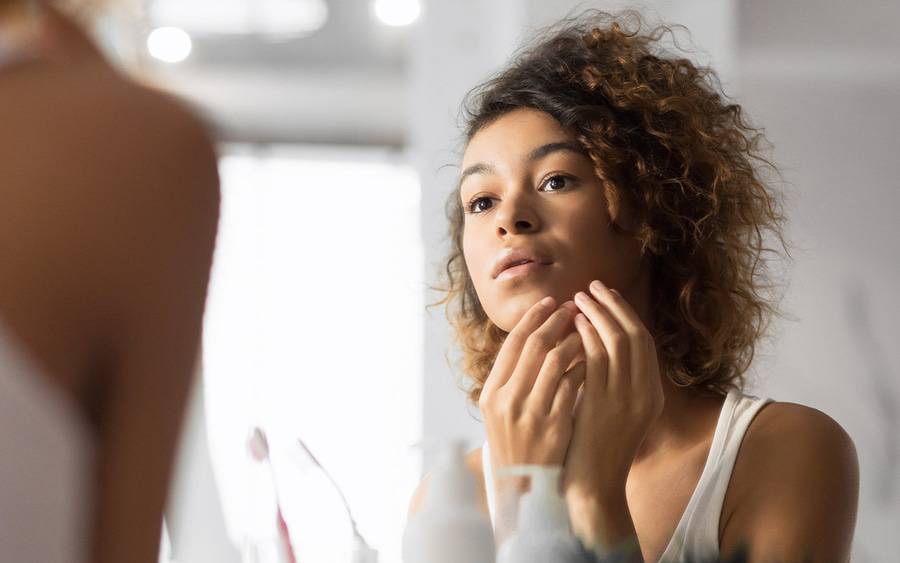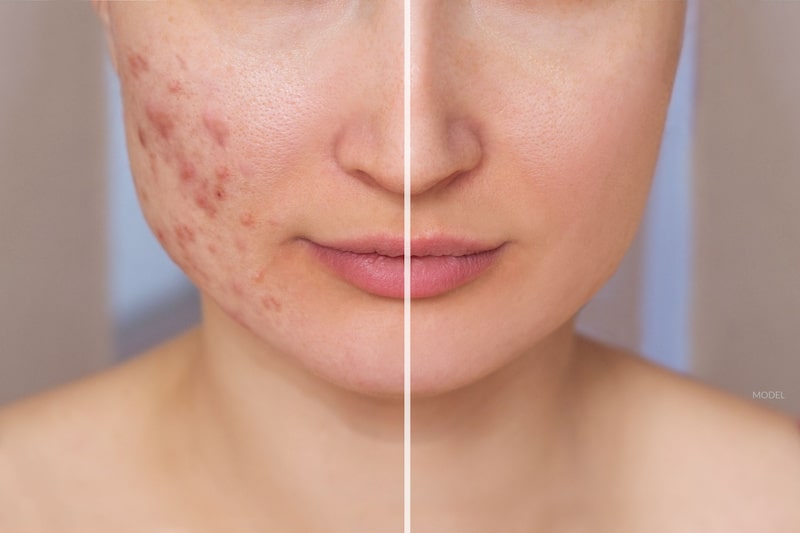Skin Rejuvenation Treatments: The Ultimate Overview to Rejuvenating Your Skin
Understanding the Different Skin Problem and Reliable Treatment Choices for Acne Marks
Acne marks stand for an intricate interplay of skin disease that dramatically effect individuals' self-worth and total skin health. Recognizing the distinct kinds of acne scars-- atrophic and hypertrophic-- together with their underlying causes, is pivotal for identifying efficient therapy strategies. Different restorative options exist, varying from sophisticated dermatological treatments to all-natural remedies. However, the efficacy of these therapies often hinges on individualized evaluations by certified experts. As we discover the landscape of acne mark management, it ends up being apparent that the trip toward clearer skin might include more than just topical options.
Sorts Of Acne Scars

On the other hand, hypertrophic scars result from an overflow of collagen throughout the recovery process, resulting in elevated areas on the skin. These scars are frequently solid and can differ in shade, often appearing red or darker than the surrounding skin.
Understanding these kinds of acne scars is critical for establishing an efficient treatment plan - skin rejuvenation treatments. Choices may include chemical peels, laser treatment, microneedling, or dermal fillers, tailored to the particular scar type. A comprehensive assessment with a skin specialist can help figure out one of the most suitable intervention, taking into consideration the individual's skin kind, scar intensity, and general skin health
Reasons of Acne Scarring
Marking occurs as an outcome of the body's all-natural recovery feedback to swelling and injury created by acne sores. When acne kinds, it triggers an inflammatory reaction, leading to the launch of different cytokines and development factors that advertise recovery. This process can sometimes lead to too much tissue formation or insufficient repair service, resulting in marks.
The main root causes of acne scarring consist of the extent of the acne itself, period of the lesions, and specific skin kinds. Extreme inflammatory acne, such as cysts and nodules, is more probable to cause scarring because of deeper tissue damage. In addition, improper handling of acne sores, such as choosing or squeezing, can aggravate tissue injury and inflammation, boosting the chance of scarring.
Genetic predisposition likewise plays a considerable function; people with a family members history of scarring are at a higher danger. In addition, skin type and shade can influence scar formation, as darker skin tones may experience post-inflammatory hyperpigmentation, while lighter skin may establish atrophic marks.
Ultimately, understanding these causes is essential in managing acne and mitigating the capacity for scarring.

Treatment Choices for Scarring
Reliable treatment alternatives for acne scarring vary depending on the kind and intensity of the scars. Usually classified into atrophic, hypertrophic, and keloid marks, these conditions need customized strategies for ideal results.
For atrophic scars, which are identified by a loss of tissue, treatments such as chemical peels, microdermabrasion, and laser therapy are frequently used. These approaches advertise skin renewal and stimulate collagen manufacturing, consequently boosting skin structure. Subcision, a minimally invasive treatment, can likewise be effective by separating fibrous bands under the skin.
Hypertrophic and keloid scars can be a lot more challenging to treat. Alternatives include corticosteroid shots to minimize inflammation and flatten the scars. Sometimes, cryotherapy resource or laser therapy might be advised to decrease their appearance.
Surgical choices are offered for extreme scarring, where excision or skin grafting might be required. It's essential for individuals to talk to a dermatologist to analyze their specific mark kind and review one of the most appropriate treatment strategy. Incorporating numerous therapies typically generates the ideal outcomes, making sure that each individual's special skin problem is resolved efficiently.
Natural Home Remedy and All-natural Solutions
All-natural solutions and natural home remedy can supply an obtainable technique for people looking for to improve the appearance of acne scars (acne treatment for sensitive skin). Numerous ingredients discovered in the home kitchen have actually demonstrated possible benefits in boosting skin texture and advertising healing

An additional efficient alternative is lemon juice, which works as a natural exfoliant and can lighten hyperpigmentation. It needs to be used very carefully, as it may cause photosensitivity. Oatmeal masks are additionally beneficial; their mild exfoliation can aid eliminate dead skin cells while relaxing irritation.
Vital oils, such as tea tree oil and lavender oil, can further sustain mark healing because of their antimicrobial properties. It is critical to execute a spot test prior to using any type of solution to ensure there are no unfavorable reactions. These all-natural solutions can be a complementary strategy in the journey to lessen acne scars.
Protecting Against Future Scarring
Taking on a proactive method to skin care can considerably minimize the danger of developing future acne marks. Normal cleaning, peeling, and hydration can assist preserve skin health and protect against stopped up pores.
Furthermore, preventing the lure to press or pick acne sores is important, as this can bring about inflammation and subsequent scarring. Rather, individuals must concentrate on using topical treatments that promote healing and Get More Info decrease swelling. Ingredients such as salicylic acid, benzoyl peroxide, and retinoids are recognized for their efficacy in taking care of acne and lessening scars.
Sun security is one more vital component; direct exposure to UV rays can darken marks and hamper recovery. Making use of a broad-spectrum sun block daily can mitigate these results.
Finally, keeping a healthy diet regimen abundant in anti-oxidants and remaining hydrated assistances skin regrowth. By implementing these preventive steps, people can significantly reduce their danger of future scarring and advertise total skin health and wellness.
Verdict
In final thought, a comprehensive understanding of acne marks, encompassing both hypertrophic and atrophic types, is crucial for efficient therapy methods. Assessment with a skin doctor remains imperative to design tailored techniques that take into hop over to here consideration private skin types and mark intensity, eventually improving the efficacy of scar management strategies.
Acne marks represent a complicated interplay of skin conditions that substantially influence people' self-confidence and total skin health. The 2 key groups of acne scars are atrophic and hypertrophic scars. These marks are additional classified into 3 subtypes: ice pick scars, which are slim and deep; boxcar scars, which are bigger and have well-defined edges; and rolling scars, which produce a wave-like appearance due to unequal skin appearance.
A detailed appointment with a skin doctor can assist establish the most suitable treatment, taking into account the individual's skin kind, scar intensity, and total skin health and wellness.
Assessment with a skin doctor stays necessary to develop individualized methods that consider private skin kinds and mark seriousness, inevitably improving the efficiency of mark monitoring strategies.